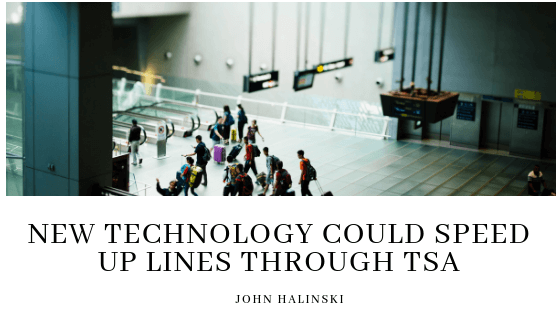The Transportation Security Agency is set to lay down a further expansion of their 3D carry-on luggage scanning project. This program was initially established in over 12 airports in July 2018. Depending on the communication from the Agency, the original plans were that the program would be launched in a minimum of 145 airports by the end of 2019. Currently, the TSA has raised the estimated number from 145 to 200 scanners within the original timeline. The TSA Administrator, Mr. David Pekoske confirmed the news when he was hosted at the Lawmakers Wednesday.
The traditional 2D scanners are limited to taking photos from a limited number of angles, but the new 3D scanners are modeled in a way that they will be using Computed Topography that will enable them to capture multiple images in a second using a spinning X-ray Camera. The essence of taking countless photos is to use them to create an interactive image that can be analyzed and rotated in 360-degrees by the screening executives.
Speaking in an open Senate Commerce, Science, and Transportation committee hearing, Mr. Pekoske said that the gadgets are a substantial improvement in the security efficiency. He also added that the machines are offering some great experiences to the officials that are set to use them.
The 3D scanners will relieve traveler’s the traditional burden of taking a lot of things from their bags during scanning as they will now be required to take no or fewer items off their bags before the process.
It is known that the TSA is among the most unpopular government agencies, but the organization is hoping that the new scanners will help them build better relationships with the public since flyers will no longer be asked to take their drinks and electronics off their bags. The TSA also says that the new scanning gadgets will improve security levels and in return help in building travelers’ confidence. The agency’s administrator also noted that the scanners could detect 3D- printed firearms that are found in the travelers’ luggage proving that the equipment is making their work easier and perfect.
TSA continues to focus on technology as one of several ways to enhance not just security but the passenger experience. Innovative technology though costly demonstrates TSA’s drive to reduce threat and make air travel one of the safest modes of transportation.
